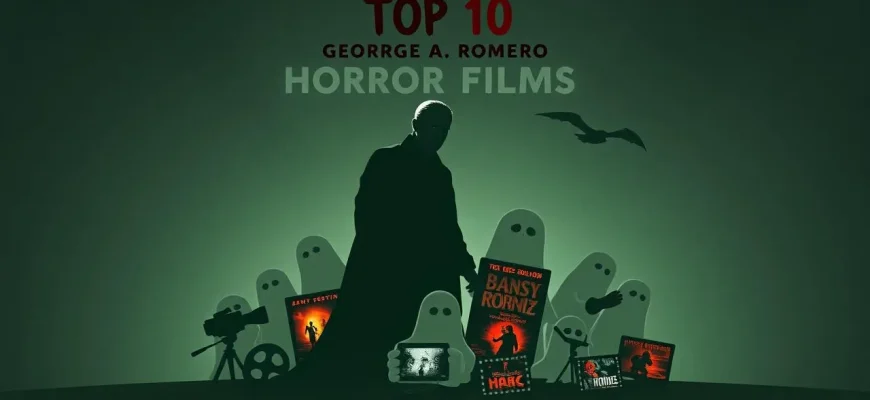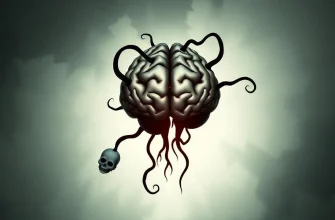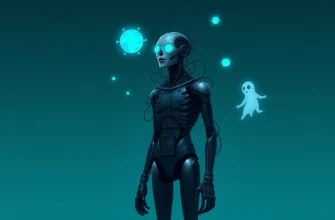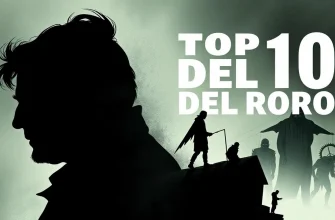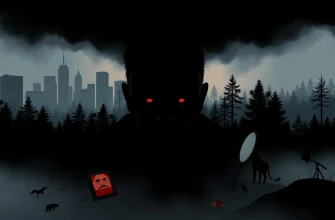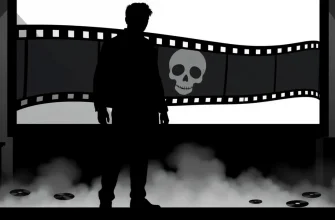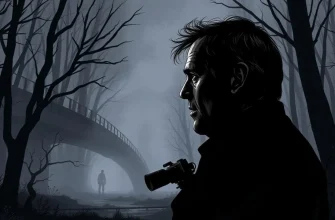George A. Romero is a legendary figure in the horror genre, known for his groundbreaking work in zombie films and social commentary. This collection showcases ten of his most influential horror movies, each offering a unique blend of terror, satire, and cinematic innovation. Whether you're a long-time fan or new to Romero's work, this list will guide you through his chilling contributions to horror cinema.
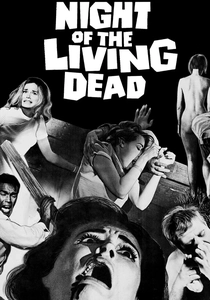
Night of the Living Dead (1968)
Description: This is where it all began. Romero's debut feature redefined horror with its portrayal of flesh-eating ghouls, setting the stage for the modern zombie genre. Its social commentary on race and consumerism was ahead of its time.
Fact: The film was shot in black and white due to budget constraints, which inadvertently added to its eerie atmosphere. It was also one of the first films to feature a black protagonist in a leading role.
 Watch Now
Watch Now 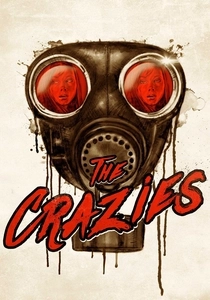
The Crazies (1973)
Description: Before zombies, Romero explored bio-horror with "The Crazies," where a biological weapon turns a small town's residents into homicidal maniacs. It's a tense, gritty tale of survival and government cover-up.
Fact: The film was remade in 2010, but Romero's original remains a stark, raw depiction of chaos.
 Watch Now
Watch Now 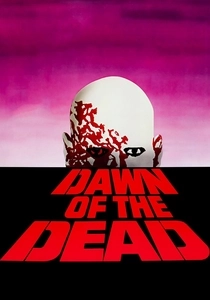
Dawn of the Dead (1978)
Description: A sequel that outdid its predecessor, "Dawn of the Dead" is a satirical look at consumerism, set in a shopping mall besieged by zombies. Its gore and special effects were groundbreaking for the time.
Fact: The film was released in both a 127-minute theatrical cut and a 139-minute director's cut. Romero also made a cameo as a TV reporter.
 Watch Now
Watch Now 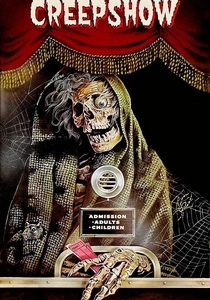
Creepshow (1982)
Description: A homage to EC Comics, "Creepshow" is an anthology film co-written with Stephen King, featuring five horror tales with a touch of dark humor. It's a fun, campy horror experience.
Fact: The film's style was inspired by the comic books Romero and King loved as kids, complete with comic book-style frames and exaggerated sound effects.
 Watch Now
Watch Now 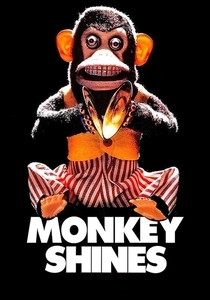
Monkey Shines (1988)
Description: This film explores the bond between a paralyzed man and his helper monkey, which turns sinister when the monkey's behavior becomes increasingly violent. It's a unique blend of horror and science fiction.
Fact: The film was based on a novel by Michael Stewart, and Romero adapted it to focus more on the psychological horror.
 Watch Now
Watch Now 
Land of the Dead (2005)
Description: Returning to his zombie roots, Romero delivers a critique on class warfare and capitalism in a post-apocalyptic world where the rich live in a fortified city while the poor fend for themselves.
Fact: This film marks Romero's return to the zombie genre after a long hiatus, featuring a more evolved zombie society.
 Watch Now
Watch Now 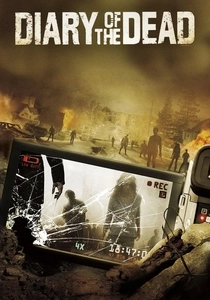
Diary of the Dead (2007)
Description: Shot in a found footage style, this film follows a group of film students documenting the initial outbreak of a zombie apocalypse. It's a commentary on media and the internet age.
Fact: Romero used the film to explore how modern technology influences our perception of reality during a crisis.
 Watch Now
Watch Now 
Survival of the Dead (2009)
Description: The last of Romero's Dead series, this film focuses on a feud between two families on an island, where one believes in killing zombies, and the other wants to domesticate them.
Fact: Romero intended this film to be part of a larger anthology, but it became the final chapter in his zombie saga.
 Watch Now
Watch Now 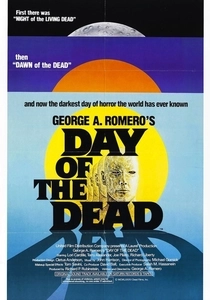
Day of the Dead (1985)
Description: The third installment in Romero's Dead series focuses on a group of survivors in an underground military base, exploring themes of military control and human nature. It's darker and more claustrophobic than its predecessors.
Fact: The film features one of the most iconic zombie characters, "Bub," who shows signs of intelligence and humanity.
 30 Days Free
30 Days Free 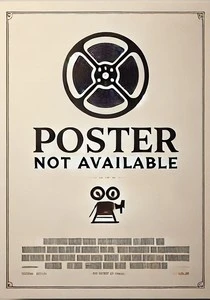
Martin (1977)
Description: A departure from zombies, "Martin" tells the story of a young man who believes he's a vampire, blending psychological horror with social commentary on urban decay and isolation.
Fact: Romero used a mix of color and black-and-white film to distinguish between reality and Martin's delusions.
 30 Days Free
30 Days Free 
